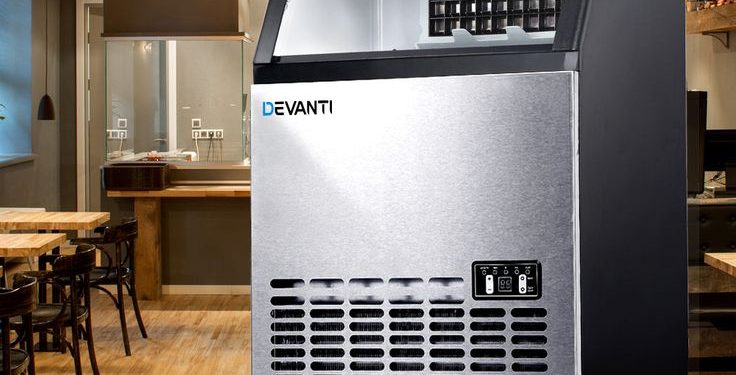The performance and longevity of your ice machine are significantly influenced by its placement. Whether you own a compact countertop model, a sleek built-in unit, or a robust freestanding appliance, choosing the right location can optimize its efficiency, reduce energy consumption, and ensure a continuous supply of quality ice. Conversely, poor placement can lead to reduced ice production, increased energy bills, premature wear, and even potential damage. This article will guide you through the essential considerations for placing your ice machine for optimal results.
1. Environmental Factors: Temperature and Ventilation
These are the most critical factors impacting an ice machine’s performance.
- Avoid Heat Sources: Keep your ice machine away from direct sunlight, ovens, stovetops, dishwashers, and heating vents. High ambient temperatures force the machine’s compressor to work harder, reducing ice production efficiency and increasing energy consumption.
- Optimal Room Temperature: Most ice machines operate best in environments between 50°F (10°C) and 90°F (32°C). While they can function outside this range, performance will be compromised.
- Adequate Ventilation: Air-cooled ice machines, which are the most common type for home and many commercial uses, require ample airflow to dissipate heat from their condenser coils.
- Clearance: Ensure there’s sufficient clearance around the sides, back, and top of the unit (check your owner’s manual for specific recommendations, often 4-6 inches). Do not enclose an air-cooled machine in a cabinet without proper ventilation cutouts.
- Airflow: Make sure air vents are not blocked by walls, other appliances, or clutter. Restricted airflow can lead to overheating and reduced efficiency.
2. Accessibility and Convenience
The machine should be placed where it’s easy to use and maintain.
- Ease of Use: Position the machine where it’s convenient to access the ice bin and water reservoir (for countertop models). If it’s a built-in or freestanding unit, ensure the door opens fully without obstruction.
- Proximity to Usage Area: For home use, a kitchen counter or a dedicated home bar is ideal. For office settings, a breakroom or common area makes sense. Placing it close to where ice will be consumed minimizes trips.
- Cleaning Access: Ensure you have enough space around the machine to perform routine cleaning, including wiping down the exterior, accessing the drain plug, and cleaning condenser coils.
3. Plumbing and Electrical Requirements (for Plumbed Units)
For built-in and many freestanding ice machines, plumbing and electrical access are non-negotiable.
- Water Line: The machine needs to be near a potable (drinkable) water supply line. Consider installing a water filter on the line to improve ice quality and reduce mineral buildup.
- Drainage: Melted ice and purged impurities need to drain away. The machine will require a drain line, usually connected to a floor drain or a sink’s drain. Ensure the drain line has a proper slope to prevent standing water. Some units come with a drain pump for more flexible placement.
- Electrical Outlet: A dedicated, properly grounded electrical outlet is often recommended to prevent overloading circuits. Ensure the voltage matches the machine’s requirements.
4. Stability and Level Surface
- Flat, Sturdy Surface: The ice machine should be placed on a level, stable surface capable of supporting its weight (which can be considerable when the bin is full of ice). An uneven surface can affect the machine’s operation and ice formation.
- Anti-Vibration: For freestanding units, consider anti-vibration mats or pads if noise is a concern, though proper leveling is usually sufficient.
Specific Placement Scenarios:
- Countertop Models: Best on a dedicated counter space, away from direct heat, with good air circulation.
- Built-in Models: Designed to fit under standard cabinetry. Ensure proper ventilation kits are installed if enclosing the unit.
- Freestanding Models: Can be placed in a utility room, garage (if temperature permits), or a basement bar, provided plumbing and electrical needs are met and ventilation is adequate.
Conclusion
Optimal placement is a foundational step in maximizing your ice machine’s performance and lifespan. By carefully considering environmental factors, accessibility, and utility requirements, you can ensure your ice machine operates efficiently, produces high-quality ice, and remains a convenient asset for years to come. Always refer to your specific model’s owner’s manual for detailed installation and clearance guidelines.








